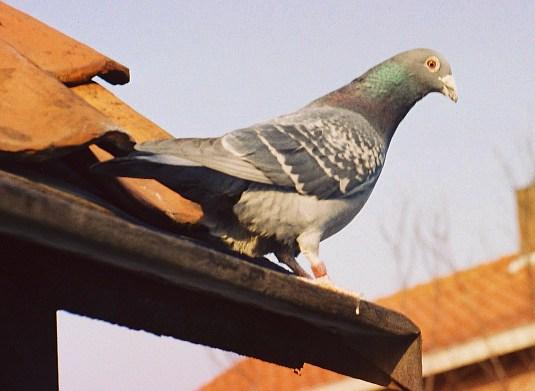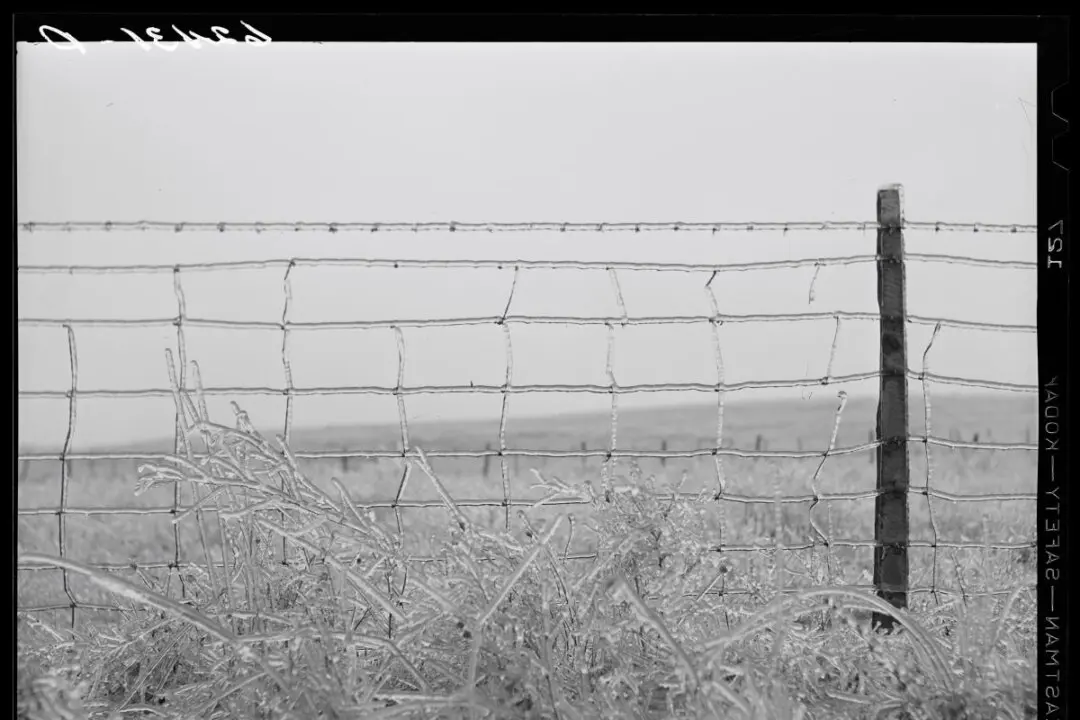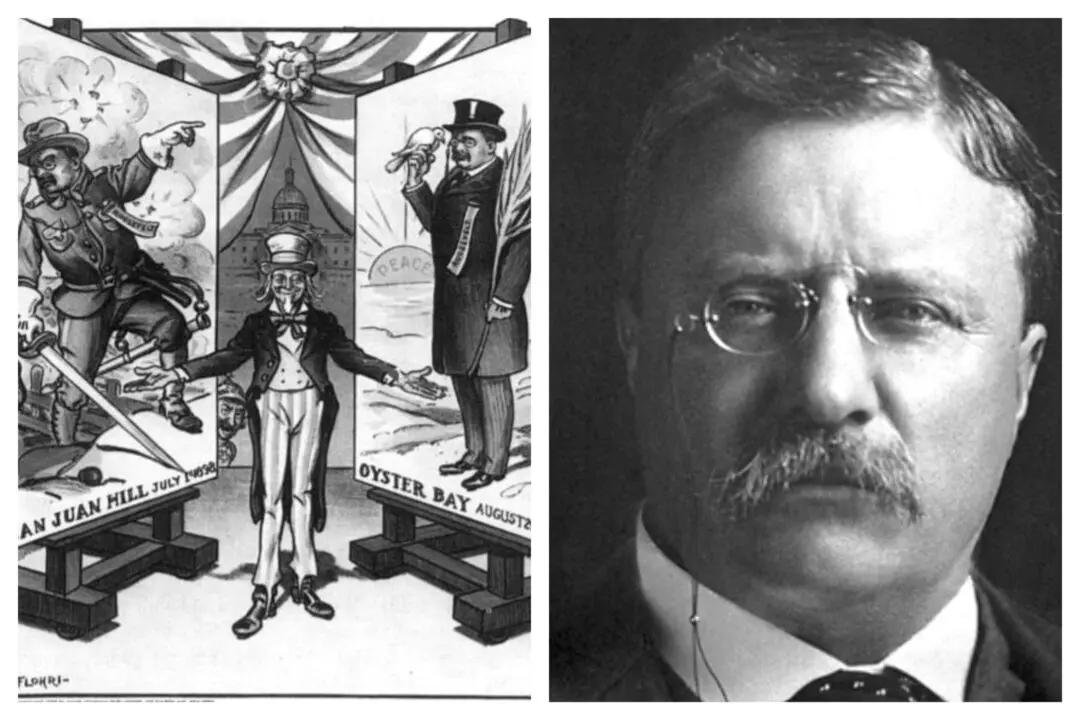During the fall of 1870, Paris found itself under siege by Prussian troops. France’s provisional government was some 130 miles away in Tours. Communication between the two cities had been officially severed. The Franco-Prussian War would continue until May the following year.
Although the 19th century became the century of industrial revolution and progressive advancements in technology, especially for communication, Parisians found themselves needing to rely on a less technological and more natural method of communication: homing pigeons.






